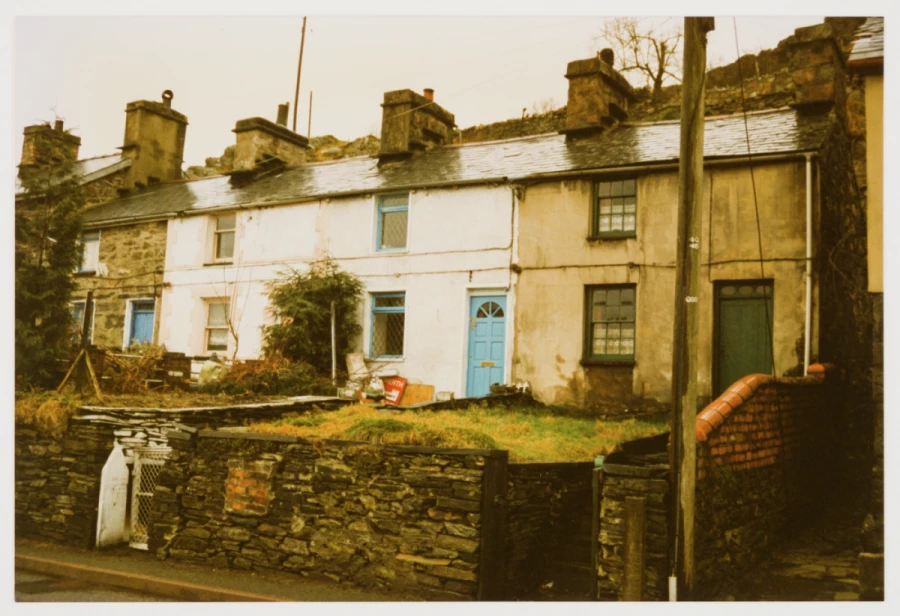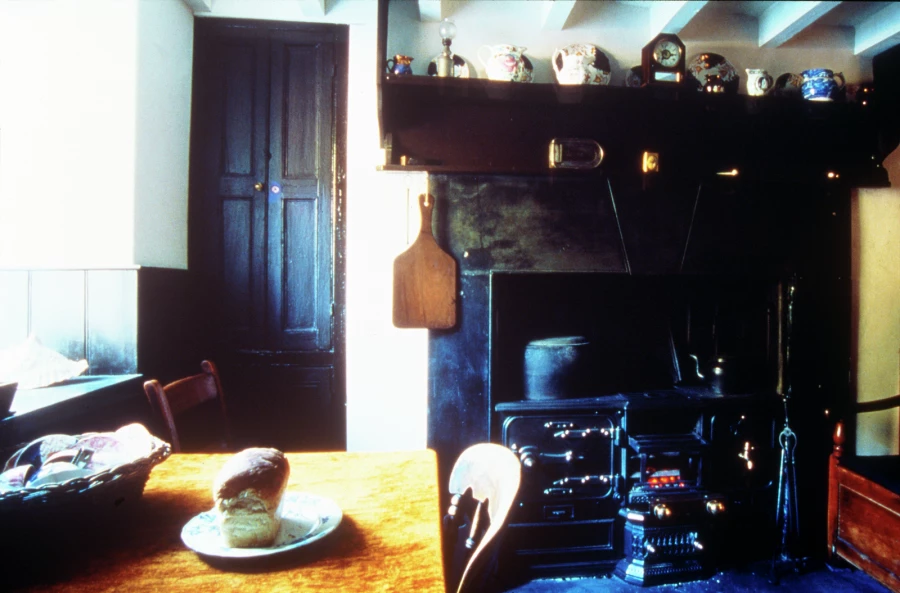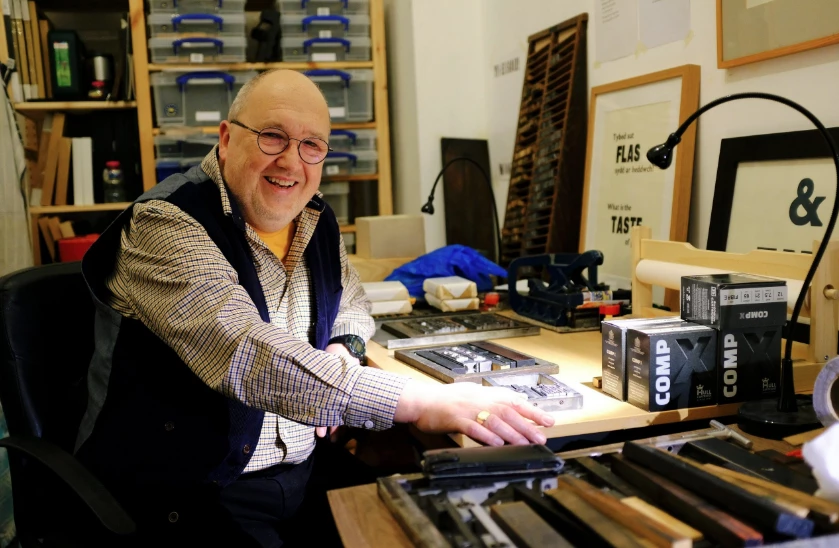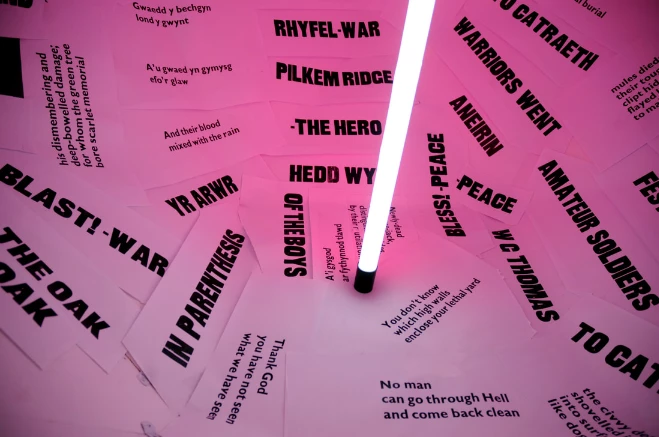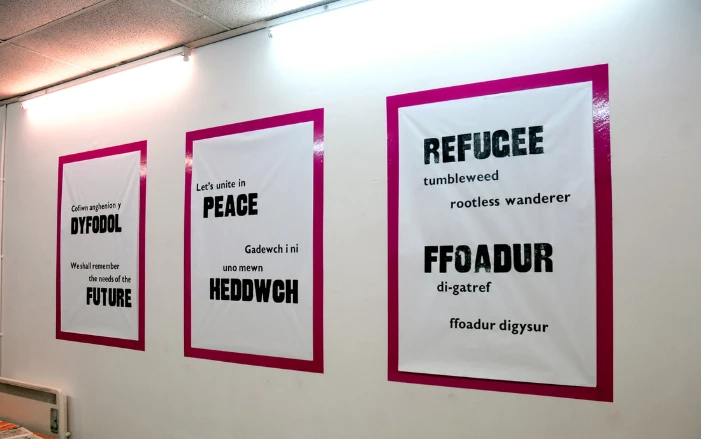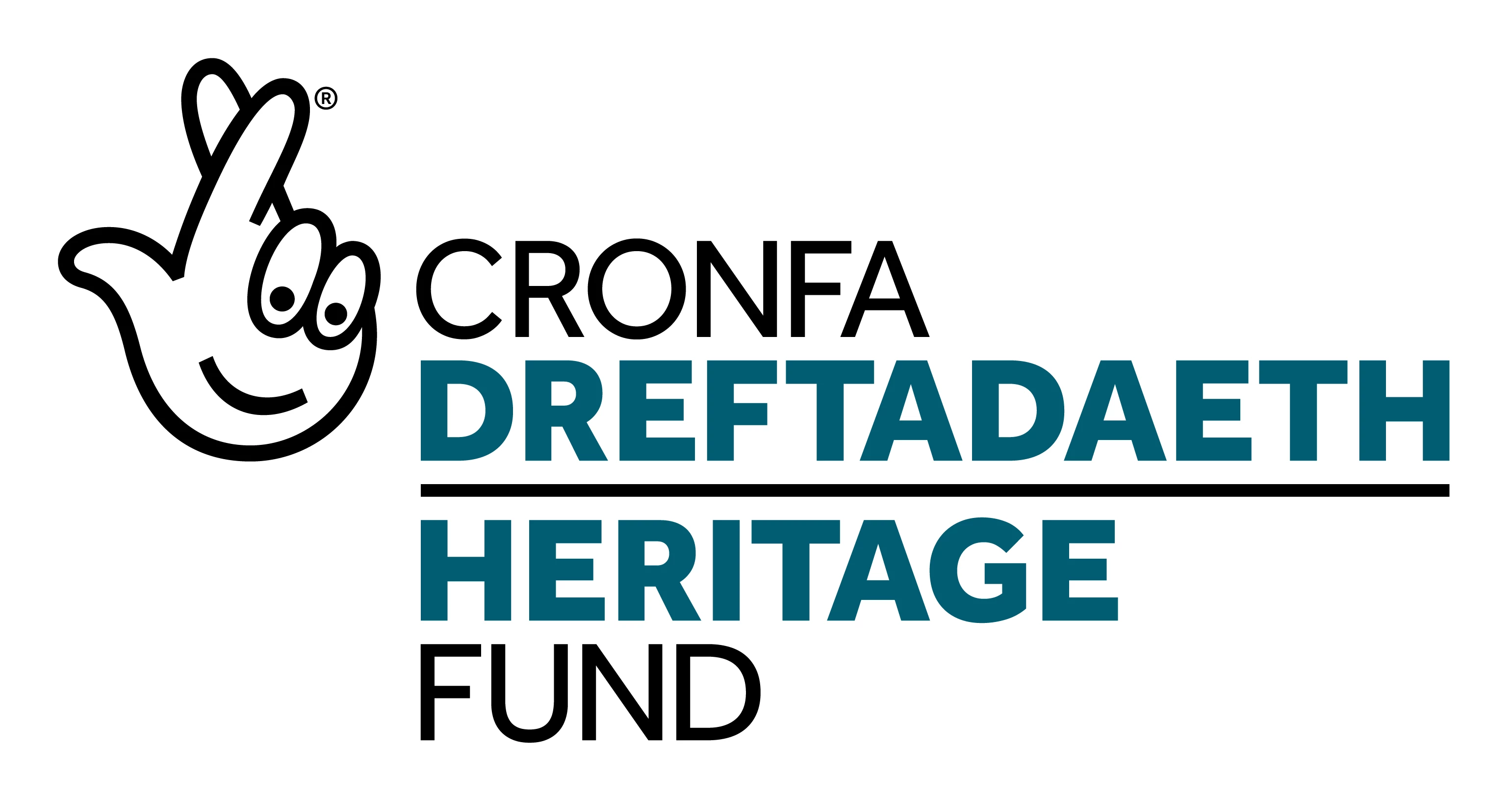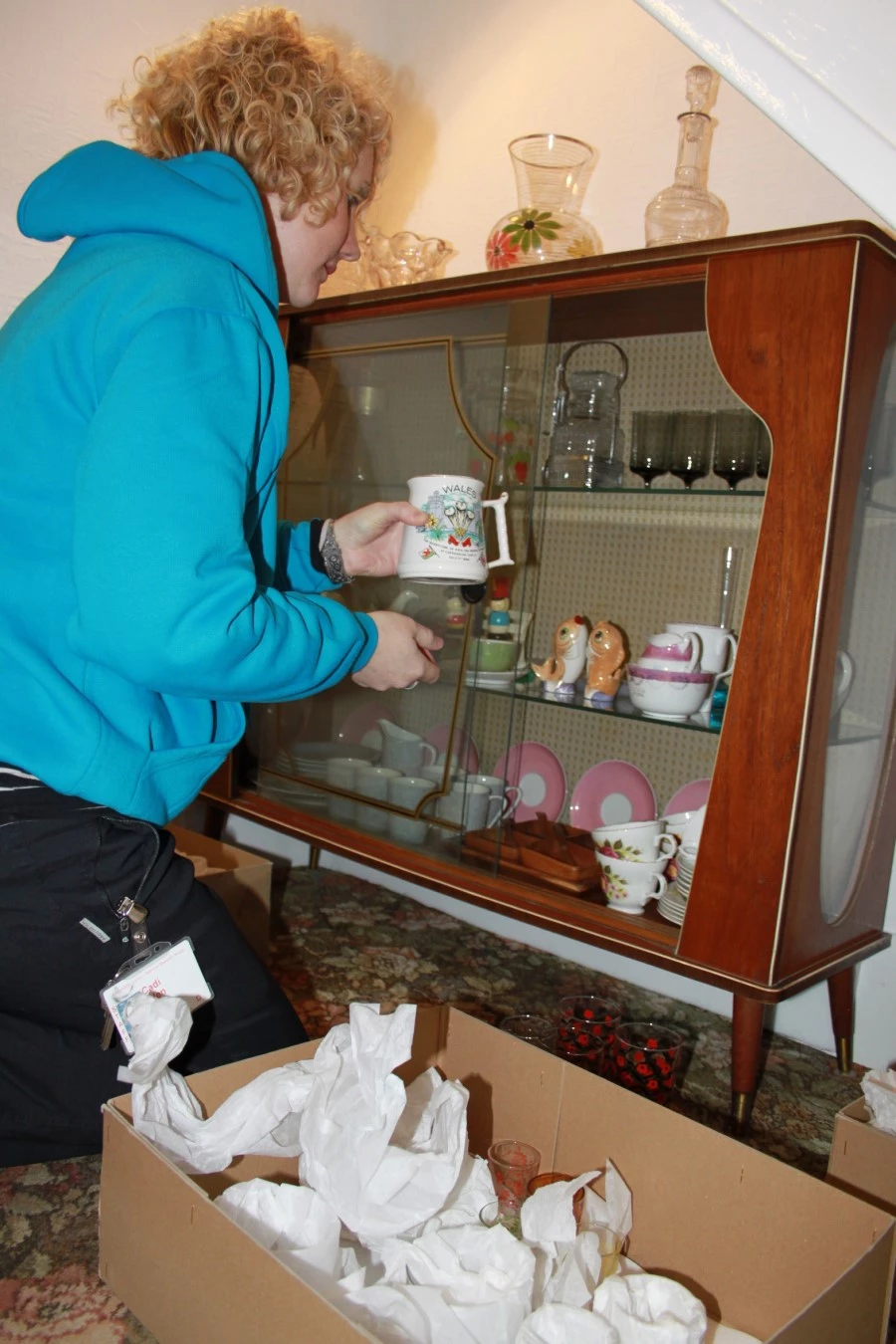1 – 4 Fron Haul
, 21 July 2020
I can’t believe that 21 years have passed since Fron Haul was officially opened at the National Slate Museum. This was my first project at the Museum, and as someone who grew up in the area, I feel extremely lucky to be associated with Fron Haul. The following is a piece I wrote back in 1999.
Why Fron Haul?
Originally located on the edge of the road in Tanygrisiau; the buildings were chosen because they are typical of the cramped terraces characteristic of the quarrying towns and villages.
When it came to re-erecting and interpreting these houses, we decided to take the lead from the popular and successful Rhyd-y-car terrace. But rather than limit the story to Tanygrisiau, each house not only illustrates different periods, but also depicts different quarrying areas.
‘Golden Age’
The houses are first recorded in the 1861 Census - with the slate industry well on its way to becoming one of the most important industries in Wales and the main employer in Gwynedd. As demand for slate increased, men moved from neighbouring agricultural areas to work in the quarries. In a number of cases quarrymen would stay the working week in the barracks, built near the quarries, returning to their homes for the weekend. With the building of houses near the quarries, many of the families moved to join the breadwinner, forming new and unique communities. As would be expected, Fron Haul’s first inhabitants were quarrymen born in parishes outside Ffestiniog.
However, there weren’t enough houses to meet the demands of the growing workforce. According to the 1871 Census, seven people lived in one of the Fron Haul houses. As well as the father and mother, there lived a 13 year old daughter, two sons, six and one year old, a 27 year old servant and a 29 year old lodger. Considering the houses originally only had one bedroom, it’s hard to imagine how they managed. In addition to overcrowding, damp was a problem, the water was impure and the sewage system primitive. It is no wonder that diseases such as typhoid and tuberculosis were rife.
The Penrhyn Lockout
Although the quarryman received a reasonably fair wage, there was nothing to protect them from losing their jobs or receiving wage cuts in times of recession. There were periodical strikes and lock-outs, the most prominent being the Penrhyn Lockout - one of the longest running disputes in the industrial history of Britain, extended from November 1900 until November 1903.
Furnishing the house to reflect the poverty and hardship of a family on strike was quite a challenge, especially as the visitor’s eyes are naturally drawn to the oak dresser with its Willow Pattern plates and the lustre jugs; the ornaments on the mantelpiece and pictures on the walls. But there are a few clues – the sign 'Nid oes Bradwr yn y tŷ hwn’(There is no traitor in this house), that was displayed in the windows of everyone still on strike, showing clearly which side they were on. The wives and children would have used the conch-shell on the windowsill as a trumpet to shame the ‘traitors’ as they returned home from the quarry. Upstairs, in the main bedroom the father’s trunk is in the process of being packed as heads to The Tumble, Carmarthenshire. It’s estimated that between 1,400 and 1,600 quarrymen moved to south Wales to work in the coal mines and support their families during the Strike.
End of an Era
The Strike failed in its aim, and the industry declined soon after. The closure of such an influential quarry as Penrhyn for three whole years starved the market of its supply of slate, and merchants turned their sights towards foreign markets for roofing materials.
Quarries gradually closed, with the process reaching its peak between 1969 and 1971 when work came to an end at three of the previous mainstays: Dinorwig, Dorothea and Oakeley.
In less than a century, the slate industry developed, grew, then declined. The houses have been furnished to reflect this change within the slate industry.
